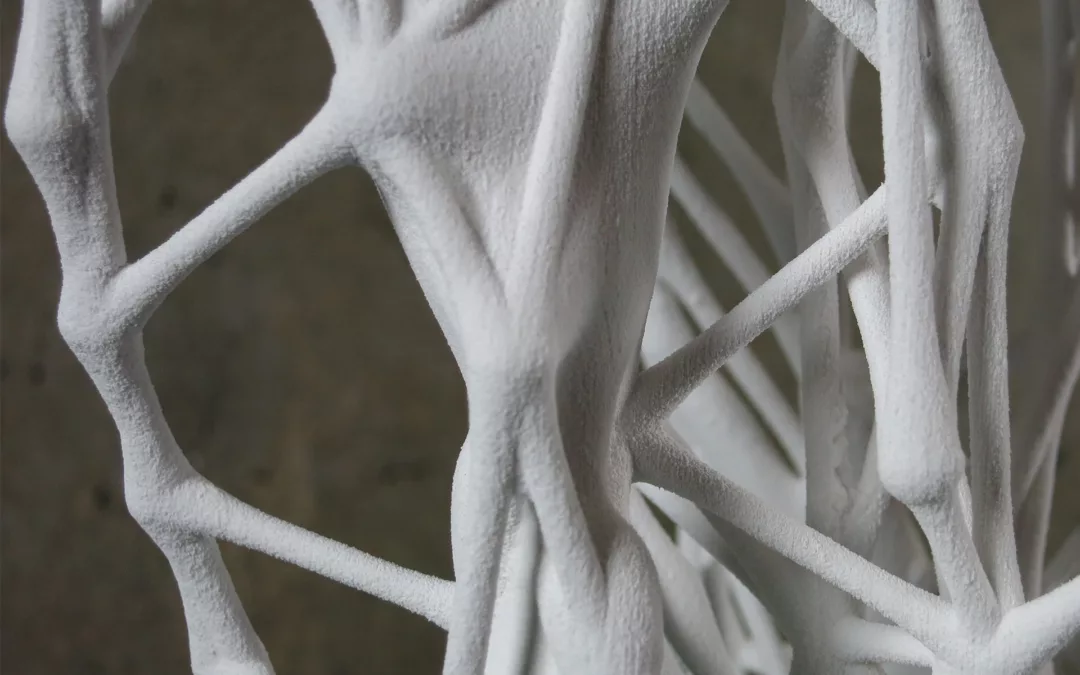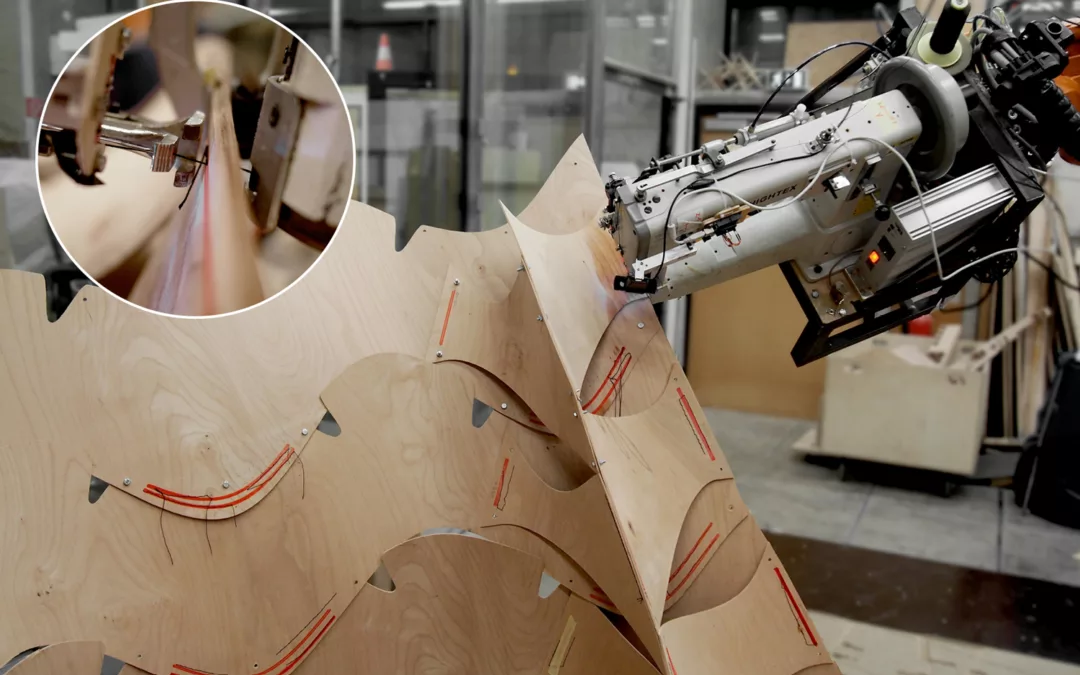
Courses, News
Introduction to Computational Design and Construction
“The manifest form—that which appears—is the result of a computational interaction between internal rules and external (morphogenetic) pressures that, themselves, originate in other adjacent forms (ecology). The (pre-concrete) internal rules comprise, in their activity, an embedded form, what is today clearly understood and described by the term algorithm.”
— Who is afraid of formalism?, Sanford Kwinter.
Description
The elective course “Introduction to Computational Design and Construction” was complementary to the advanced research studio “Wood Proto-architecture I”, offered the same year. Advances in computational design and fabrication techniques provide new possibilities for designers to explore the manifestation and materialization of form. This course introduced students to these methods in design and construction. These approaches allow architects to consider material and fabrication characteristics in the early stages of the design process.
This course provided students with basic knowledge of developing computational design techniques in architecture that can be seamlessly integrated into design and fabrication processes. This introduction enhanced students’ knowledge in computational design by developing associative and algorithmic design strategies. Students investigated relatively simple mathematical and physical principles to generate complex geometries in the context of proto-architecture. This generative approach provided an algorithmic understanding of developing physical materialization.
Concurrently, the course focused on digital fabrication processes that integrate computational manufacturing techniques’ limitations and possibilities into design processes. Students learned robotic fabrication and advanced robotic control for digital fabrication. Accordingly, students gained hands-on experience working with the industrial-scale robot, KUKA KR AGILUS. Thus, students were introduced to a fabrication-driven method that provides a new approach in the design of complex geometric forms.
Image Credit
J. Höll and G. Kazlachev, ICD, University of Stuttgart, 2013/14.

Courses, News
Wood Proto-architecture I: Integrating Design Computation and Materialization
“It is a question of surrendering to the wood, then following where it leads by connecting operations to a materiality, instead of imposing a form upon a matter.”
— A Thousand Plateaus, Gilles Deleuze and Félix Guattari
Description
The advanced research studio “Wood Proto-architecture: Integrating Design Computation and Materialization” investigated the generative potential of material and fabrication agencies in [proto-]architecture. Considering these agencies within tectonic systems requires an understanding of material organization and fabrication systems in interaction with environmental effectiveness. This studio explored computational methods to amalgamate these active agencies into design processes. The aim was to explore integrative design computation, which unfolds specific material gestalt and related performative capacities without differentiating between processes of computational form generation and physical materialization. This integrative process is a prototypical exploration to study the emergence of a tectonic form.
The studio introduced students to the concept of integrative design computation in architecture. This concept is two-fold: developing material systems and exploring related fabrication tools. The proposed material system was wood, which has high performance and adaptation. Students investigated the anisotropic nature of wood to understand tectonic potentials of wood morphology in design processes. Concurrent with developing material systems, students explored the potential of digital fabrication tools, such as Industrial Robots or CNC machines, as a generative driver in design processes.
The synthesis of these two agencies was further explored by developing a computational design framework to minimize the gap between formation and materialization. To achieve this, students developed computational design strategies and conducted a series of small-scale experiments. Students then refined their experiments and applied them to prototyping a scaled tectonic installation. The studio was supported by the elective course “Introduction to Computational Design and Construction,” which introduced students to computational design methods and digital fabrication processes.
Selected Project
Self-Forming Hygrosensitive Tectonics | Developed by: Yin-Yu Fong, Kirk Gordon, Nicholas Grimes, Mengzhe Ye
Image Credit
M. Alvarez and E. Martínez, University of Stuttgart, 2016.


